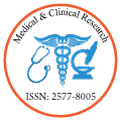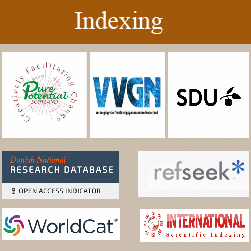The CD147 Epitope on SARS CoV2 and the Spike in Cancer, Autoimmunity and Organ Fibrosis
Author(s):
Patrick Chambers
TNFα in partnership with glycosylated CD147 conspires to create the fertile soil for de novo and recurrent cancer. CD147 is present on the spike protein S (virus or vaccine) [1], despite claims to the contrary [2,3]. These claims have been discredited [4]. Pro and con arguments for the connection between cancer and Covid-19 or its vaccines continue to rage. But the physiologic implications involving TNFα and CD147 discussed in this article are worrisome. A deep dive into the tumor microenvironment (TME) created by the high mannose high glycosylation of CD147 is undertaken.
Angiotensin II type 1 receptor antibodies and TNFα generated by the virus and/or the vaccine are biomarkers for future LC. Their presence in POTS is 70%. These activate AT1Rs and ADAM17 aka TACE, the enzyme that produces TNFα. This cytokine inhibits mannosidase and leads to the high mannose glycosylation of CD147, TNFα, IL-6, and TGF beta or their receptors, which appears to redirect their pleiotropic functions. High mannose glycosylation of CD147 drives the production of IL-17 and IFN gamma closely linked to autoimmune disease. TGF beta is linked to organ fibrosis. The TME created by these redirected cytokines spawns epithelial mesenchymal transition (EMT), cancer associated fibrosis (CAF), tumorigenesis, and metastasis. TNFα is associated with aggressive forms of colon cancer and Triple negative breast cancer (TNBC) and levels are elevated when vitamin D and magnesium are deficient.
TNBC (15% of breast cancers, but the most aggressive form) is especially prominent in the obese and in young (less than 40) African American and Hispanic women. Specific recommendations for prevention and therapy include D-mannose.



